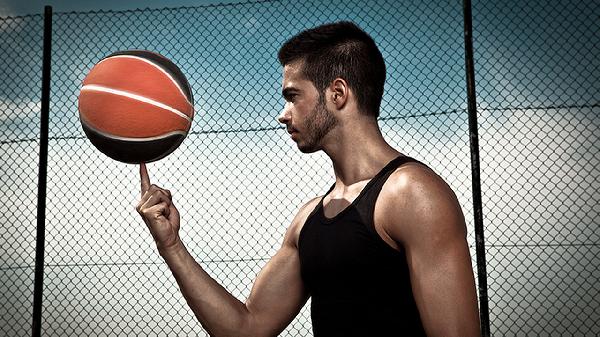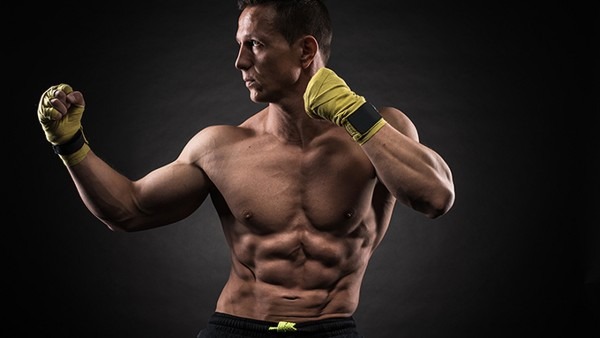Running didn’t just change my life—it saved it. That first sprint down the track wasn’t just about speed; it was about shedding years of shame, fear, and self-doubt in under 10 seconds. For the first time, my prosthetic leg wasn’t a limitation—it was my superpower. The blade that once made me want to hide became the thing that propelled me forward, literally and emotionally. And that’s the wild thing about embracing what makes you different: the very things you think disqualify you can become your greatest strengths.
The Weight of Invisibility
Before running, I spent years trying to disappear. In the orphanage, blending in meant survival—don’t cry too loud, don’t take up space, don’t give them a reason to notice you. In Michigan, I fought to assimilate, bleaching my identity like faded jeans until the seams of my heritage barely showed. I ate Lunchables instead of dumplings, pretended to hate math (stereotypes work both ways), and never corrected classmates who butchered my Chinese name. My prosthesis? I dressed it in flesh-toned covers, as if making it look "normal" would make me normal too. But here’s the truth: assimilation isn’t belonging. It’s erasure with a smile.
The Benchwarmer Paradox
Sports were my first love, but they loved me back conditionally. Coaches praised my hustle at practice, then benched me when "real" games started. "It’s not safe," they’d say, or "We need our strongest players." Translation: Your body doesn’t belong here. I internalized that rejection—if I couldn’t compete equally, maybe I wasn’t equal. But running flipped the script. Track doesn’t have benchwarmers. There’s no coach’s favoritism, no subjective lineup choices. The clock doesn’t care if your leg is carbon fiber or bone; it only cares if you’re fast. For a kid starved for fairness, that was revolutionary.
Blade Runner Beginnings
My first running prosthetic was a hand-me-down from a retired athlete—clunky, ill-fitting, and about as aerodynamic as a toaster. But it was mine. Learning to run on a blade is like learning to walk all over again. You can’t just muscle through it; you have to sync with the spring of the carbon fiber, trust the rebound, let it do its job. I fell. A lot. Scraped knees, bruised pride, the whole deal. But every stumble taught me something: how to shift my weight, where to land, when to push. Failure wasn’t proof I couldn’t do it—it was data. And data is power.
The Freedom of Exposure
Wearing shorts for that first race felt like streaking through the school cafeteria. Everyone would see the blade, the scars, the unapologetic reality of my body. But something unexpected happened: the more visible I became, the smaller my shame felt. Kids who’d never spoken to me asked about my leg. Coaches from other schools nodded respect. And the girl who used to change in bathroom stalls? She was too busy chasing PRs to care who stared. Vulnerability became my armor. Turns out, when you stop hiding, people stop looking for secrets.
China in the Rearview
For years, I treated my adoption like a closed door—until running forced it back open. Competing in para-athletics introduced me to other Chinese adoptees, amputees, and people who’d turned hardship into hustle. Slowly, I started reclaiming what I’d buried: the language (rusty but there), the food (turns out I love spicy noodles), even the complicated grief of leaving Nanjing. Running didn’t give me back my childhood, but it gave me something better: a future where my past wasn’t a wound—just a part of the road.
Today, when I lace up (or, more accurately, strap on) my running blade, I’m not just training for races. I’m honoring the kid who survived fire, orphanages, and loneliness. I’m thanking the parents who chose me, even when I didn’t choose myself. And I’m proving that belonging isn’t about fitting in—it’s about showing up, exactly as you are, and letting the world adjust to you. So yeah, I lost a leg. But in the process, I found something unbreakable: me.
























